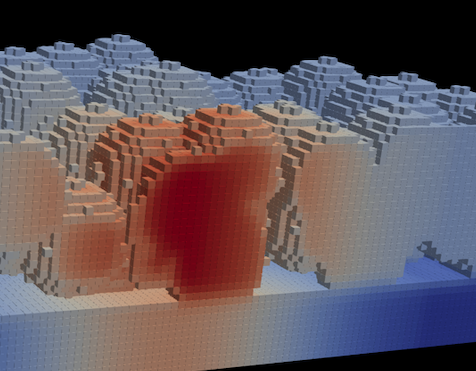Variability of Targeted Material Thermal Responses to Laser- Induced Heating in Additive Manufacturing

Abstract
A widespread use of lasers in additive manufacturing is to induce a given temperature and a phase transformation in materials deposited onto a substrate. For a laser to induce a phase transformation in the material, the power intensity must be sufficiently high to induce melting and, in all cases, stay below a vaporization or burn-off temperature of the target material. Oftentimes, there is variability in the laser input to the target zone. For a process designer, a central question is to determine the uncertainty of the resulting target state, i.e., temperature and state (solid or melted), due to uncertainty in the energy (laser) input. This motivates the present work, which integrates relatively fundamental heat transfer models that describe the thermal effects due to (a) laser irradiation, (b) heat conduction into the surface of deposition, (c) infrared radiation outwards into the surroundings, (d) convection due to an exhaust apparatus to control the cooling of the system, and (e) phase transformations, for a dry Nylon 6 powder as a sample material. One key advantage of this framework is that it is amenable to a sensitivity and uncertainty analysis with respect to any of its parameter inputs. Accordingly, uncertainty quantification studies are also undertaken to ascertain the relationship between variation in laser input to variation in the processed material state. Examples will be presented to illustrate the thermal behavior of the numerical model. Due to its simplicity, this framework is designed to be computationally implemented in a straightforward fashion. The model allows for rapid computation and sensitivity analyses, which are provided as numerical examples. Exten- sions are also given to include mass transport (losses) due to ablation of the target material.
Relevant Publications
165. Zohdi, T. I. and Castrillon, N. (2019). Variability of targeted material thermal responsesto laser-induced heating in additive manufacturing. Journal of Manufacturing Science and Engineering, ASME. https://doi.org/10.1115/1.4043981

